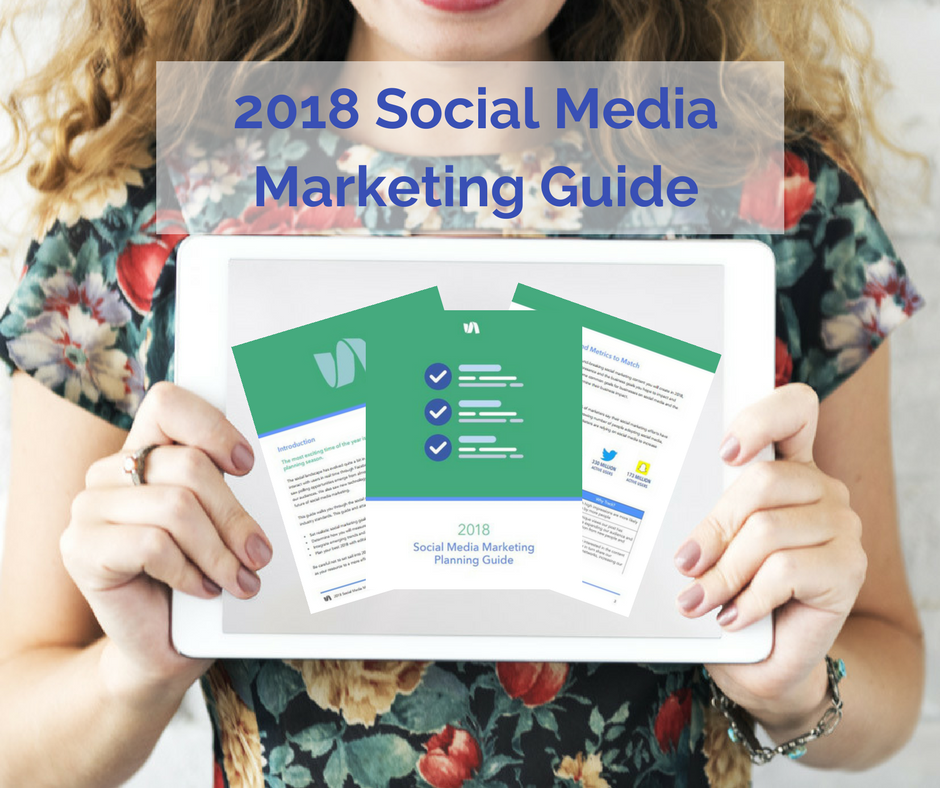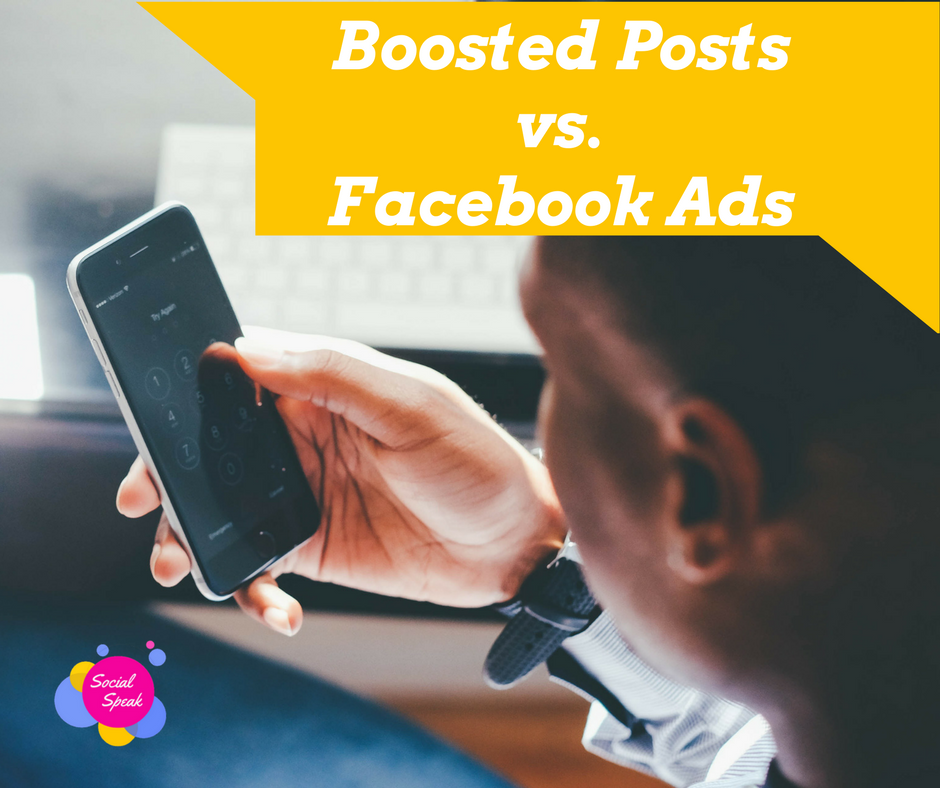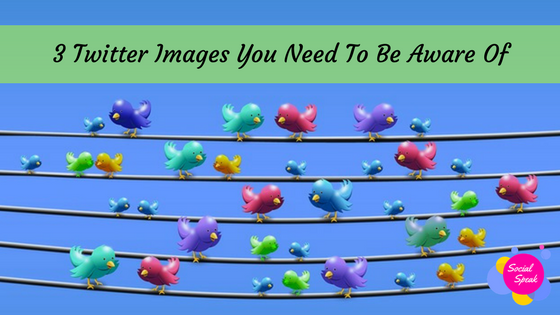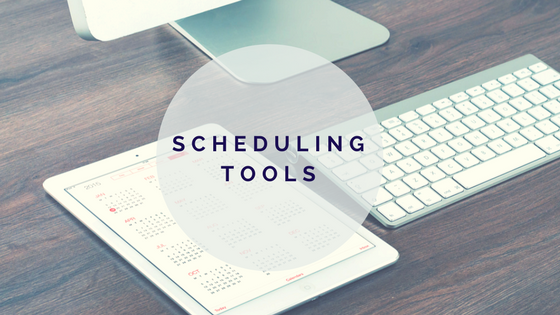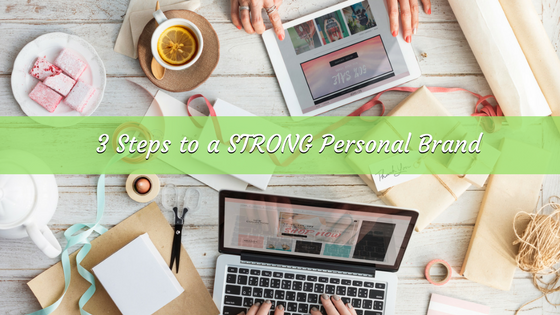Canva is a great tool for business owners to use, to create those eye-grabbing images for social media. It is an easy to use platform, that allows you to be super creative and make amazing images without being a graphic designer and having to pay a fortune for images. Canva is great for creating your branded images, marketing materials, presentations, menus and so much more! Sometimes you will see an image as you scroll through social media and say WOW that is an awesome image! You may think to yourself “how did they do that?” Now you know! Create images that STOP THE SCROLL as we say! Enjoy!
Each business should have a list of core values, your core values are what makes your business run. What type of people you want to hire, or work with. This is the foundation of your business.
We will learn in 5 simples steps how to figure out what your core values are.
Download your FREE Core Values Checklist Here
You’ve heard you need to have identified core values for your brand and business, but what does this actually need?
We recently posted a video about how your core values are a set of standards for your business and how values drive how people perceive your business. Now it is time to take a look at translating this into the content you create. Here, we are going to be taking a look at a few different facets of your marketing:
- How to use your values to identify your target market
- How to use your values to create content that will move your brand forward
- How to use your values to understand ways you can react to both positive and negative reviews online.
Your brand and your mission need to flow through every aspect of your business and online, content is one of the main ways prospects can get a sense of who you are and what it would be like to work with you (or purchase your products). Do your personalities align or do they clash? Do you focus your attention on the same details your clients care about? How can you put your best foot forward online?
Let’s start with utilizing your values to identify your target market.
I’m sure you’ve been told that we work with people that we know, like, and trust. I must tell people this every single day. When your core values flow through your business, people with those same values will tend to be more attracted to working with you. They can help you really connect with those individuals who can then turn into raving fans.
A process to identify your target market that starts with your values.
Unlike most exercises that drive you towards creating a description of your target market, I invite you to think first about your values. More and more business experts are discussing how your employees should encompass your brand values, especially if they want to be more fulfilled, so why not bring this same notion to your consumers? Rather than focusing most heavily on the demographics of your target market, take a look at the psychographics. This includes the more personal characteristics of a person, including:
- Values
- Personality
- Lifestyles
- Attitudes
- Behavior
- Interests/hobbies
Think about how your product or service actually fits into your target consumer’s lifestyle, how will the product be used?
By going through this exercise, you open yourself up to thinking beyond just age, income, and location. You allow yourself to better understand what actually drives your consumers and what matters to them. Where do your business values come in? Well, ideally, your consumer’s values align with those of your business.
The next piece of your brand values is to use them to create content that moves your brand forward.
Here we will discuss possible topics that your business can write about that will better position your brand.
There are many different ways to come up with topics to discuss in your blog, so, just as a disclaimer, here I’m really only discussing one element of creating your content strategy. Your content strategy should be diverse, but there are ways to make sure within your strategy, your brand messaging and values come across loud and clear.
Actually discuss your values
We recommend sitting down once a quarter, or at least once per year, and actually write a blog about your values. This may seem strange the first few times, but provide examples about how your values have dictated what products and services you offer. Or create a blog emphasizing your attention to detail and customer relationships that also highlights testimonials from your clients. There are a lot of different ways to highlight your values in a blog post, but one thing I do want to emphasize is how important it is to try and relate these articles back to the benefit for your clients.
Nobody wants to read something only about you, but how interesting would a story be of how you found your supplier because of their fair trade employee salaries or how you came to be a life coach because of the struggles you had before you started living aligned with your values. These are things people can relate to, and topics that can help you form a real connection with your market.
Understand who you are writing for – and use words that convey your values
Okay, so this really ties into the first part of the blog where we look at psychographics to identify your target market. By understanding the values of your market, you can use language that they will relate to more clearly. Let’s say you are a winter sports company who is marketing ski helmets to parents. The language you should use should highlight the safety and comfort of their children. However, let’s say the company is edgy and markets to the park-rat. Do you think they should focus on comfort and safety?
No! Their target market wants to look cool and may care about being connected to their devices. They want a way to easily show off the sick tricks they are throwing in the half pipe while jamming out. Everything from the imagery the company would use to the verbiage would have to shift.
The same is true for your business. Who are those different consumers you are trying to work with? Do you find that you are intuitive when you work with clients or are you very process driven? Work to find what words you can use in your marketing that conveys your brand values.
Lastly, we are going to take a look at how to use your values to understand ways you can react to both positive and negative reviews online.
Creating a process to respond to reviews online
Far too frequently, businesses with high integrity receive negative reviews online. Often times we actually see this for our clients’ when they work with individuals with conflicting values to the business, but here we really should focus on what you do after you receive a review.
First, visualize that you have just received a notification of a 1 star review. What is your gut reaction? You’ve worked years to build a reputable business and now everyone will see this negative review, who wouldn’t be upset?!
Before you do anything, STOP. Think about your values – how do you want to be perceived?
Most business values include some sort of idea around integrity or relationships, so you want to make sure that how you respond also projects this. Unless you are a business like Shinesty or Cards Against Humanity, where you embrace an ‘in the face’ brand presence, we recommend the following:
- How would you respond if the reviewer was speaking to you directly?
- Was this an issue that you had tried to resolve and were aware of?
- Is the customer actually right? Often times with negative reviews, the customer just can’t get over something (or maybe even be a competitor posting as an irate customer), but other times we can actually learn from legitimate negative reviews.
- Think about what else could be going on in the individual’s life. If you truly think you did everything you could and that you bent over backwards, perhaps this individual is having the worst week of their life. Changing perspective can help you to calm your nerves and think more clearly about a situation.
- Draft a reply comment in a word document that explains that you are sorry they are disappointed with your service, that you take pride in X,Y,Z, and that you are available to speak offline via phone or email.
- Sit back an hour and reread your draft response. Check it for any spelling or grammatical errors, then copy and paste it as a reply to the review.
Following these steps will make sure you aren’t jumping in with your gut reaction, but rather that you are allowing your values to dictate how you will treat others online.
Positive reviews are easier to respond to, but many businesses fail to actually write back each and every time they receive a review. Again, think about your values. Let’s say Community is a brand value, what better way to showcase this by taking the time to thank each reviewer and reestablish your invitation to them into the community that you are building.
In this post we’ve taken a look at how to use your values to find your target market, how to write content that exemplifies your brand values, and how to respond to reviews in a value-driven way. Just remember in every aspect of your marketing and service to clients, your values can and should act as your compass.
What Are Core Values?
Core values are a set of standards for your business that everyone involved in your business must use in order to deliver the best possible product or service.
Core values force you to raise the bar and set the standard, the tone, and the cadence of your business. Make sure you are doing what you can to set the right standards for your business to get the outcome you are looking for.
This video will help you establish core values for your business.
Plan for Social Success in 2018
[This guide was originally published by Simple Measured]
Like the feeling of pulling your “ugly but hilarious” holiday sweater from storage, the arrival of our 2018 Social Planning Guide signals a new year is on its way. Planning next year’s social strategy across teams can feel daunting, but our guide and editable worksheets will have everyone working together.
The Simply Measured planning guide helps you to:
- Identify and incorporate trends that will keep your messaging current in 2018
- Outline and capture the social metrics that reflect success for your business
- Map your social strategy clearly and concisely using our editable worksheets
Download your Social Media Marketing Guide Here
Scratching your head about whether to ‘boost’ a post on Facebook or to utilize the power of Facebook ads? Boosting a post is sometimes ‘simple’ but not always the best answer to get to the folks that really matter to your brand! Remember, Facebook is not a spray and pray proposition. Getting into the newsfeeds is getting harder and harder for ranking capability. Soooo…get ready to dig into your pocketbook, whether boosting or using Facebook ads.
Boosting a post on Facebook, let’s face it, is easy-peasy, as opposed to going behind the scenes and utilizing the awesome tools on Facebook Manager. All you have to do is hit the ‘boost post’ button and off you go, right? WRONG. Hang on ‘pardner…
In the past, boosting did not have many of the attributes that Facebook Ads Manager had, but now the Boost post button might not be such a bad strategy after all. You can now actually re-target and optimize your boosts to actually drive traffic for developing your brand followers!
There are some key factors that come into play when boosting your posts. You must consider:
- What is the goal for the boost?
- DO NOT boost a post that does not benefit you, such as a resource post that does not lead back to your website, as an example.
- Again, boosting is not a ‘spray and pray’ proposition. Make sure that you are targeting your demographic for the post.
- It’s all about the Facebook Pixel!!!! In order to get the best traction, make sure that you have installed the Facebook Pixel (it’s FREE) on your website so you can get your tracking enabled.
So why is Facebook Manager a greater preference for ads? Let’s be frank, candid and honest…Facebook Ads Manager does have a learning curve…no doubt…but it does have the ability for in-depth targeting, which is a HUGE coup! AND AND AND…if you are an organizational freak, the only way to keep completely organized with your ad spend is to create campaigns within Facebook Ads Manager. You don’t have that ability with boosting posts.
For example, if you want to stay organized on Ads Manager for ‘campaigns,’ you can organize your campaigns strategically:
- App installs
- Engagement
- Brand Awareness
- Reach
- Traffic
- Video Views
- LeadGen
- Messages
- Conversions
- Product Catalog Sales
- Store Visits
If you are merely ‘boosting’ a post, you do not have the ability to categorize your ‘boosted posts’ into strategic campaigns on Facebook to examine analytics per campaign goals.
So, to wrap it up quick and easy…boosted posts will help you develop a fan base and reach, and ads can actually help you transition your brand’s presence into tangible brand outcomes!
Stay tuned for more info…lots to share!
How can you get the most out of Twitter for your business? We get that question A LOT! Twitter can be confusing and some may be stumped on how to use Twitter. When getting started with Twitter, it’s best to take baby steps and then grow from there. Once you get your feet wet and splash around a little you can’t help but take a swim in the deep end.
Starting Out…
When first with Twitter, use it for two things:
- Gather information
- Share information
Gathering Information:
Twitter can be extremely valuable for gathering information on a number of topics. To do this effectively you will want to follow these steps:
- Follow credible sources who deliver valuable content about the topic you are interested in. Topics can range anywhere from sports scores, business trends, world news, marketing tactics, etc.
- As you identify the sources you want to follow, add them to lists in order to sort the feeds by category or topic. Using lists will help you keep all of the topics you want to follow organized
- To create a list, follow these steps:
- Visit your “Lists” section of Twitter by clicking the gear icon drop-down menu or by clicking Lists on your profile page.
- Click Create List.
- Name the List & create a description.
- Mark the List as Public or Private.
- Save the List.
- Now that you have your list created, you can easily add sources to the list by:
- Click on a Twitter user’s profile
- Click on the person icon drop-down menu on the profile.
- Choose add or remove from Lists.
- Choose the List you would like to add the person to or uncheck the List the person was already a member of.
- Add as many people to your various lists as you would like
- Check your lists often to get the latest news from your trusted sources
Sharing Information:
Twitter is a great way for you to position yourself as an authority on a certain topic, field or industry. The trick is to share “tweet-able” information, share it often and on a consistent basis. A good rule of thumb is to share 21-70 Tweets a week. That is a minimum of 3 Tweets a day or a maximum of 10 Tweets. It seems like a lot, but there are a couple of things to remember:
- You are Tweeting sound bites of information that link back to a bigger story (your website, blog, landing page, or another social platform that has more detailed info).
- There is only room to Tweet up to 280 characters which is not a very large amount of content.
- If you do not maintain a constant flow of information, a single message will get lost in the Twitter-sphere minimizing your opportunity to be found by others.
So What’s “Tweetable?”
We are glad you asked! Below is a list of some generic ideas to get you started:
- Industry trends
- Tips
- Events
- Statistics
- Recommendations
- Best tools for your industry
- Links to your blog post
- Pose questions (this is a great way to encourage engagement)
- Attention-grabbing graphics
- Video
- Quote
- Poll
- Follow appreciation post
- Short and sweet “how-to”
- Data
- Something funny
Now that you get the idea of what types of things you should post, it’s time to put a plan into action. An efficient way of releasing multiple Tweets a day is to use a bulk scheduler like Hootsuite or Buffer. Visit this blog post to get more information about bulk schedulers.
Happy Tweeting!
You know the old adage “A picture’s worth a thousand words”, well, that holds true on social media too! The best image with the wrong dimensions can completely derail your plan for the perfect post and kill your quest to go viral.
Make note of these image sizes to ensure you are putting your BEST foot forward on Twitter:
Header/Banner Image:
This is the image that runs across the top of your Twitter profile.
For best results aim for an image that is:
- 1500 x 500 pixels
- A recommended file size of 10 MB
- File format JPG, GIF, or PNG
Profile Picture:
Your profile picture is the square image that sits on the left, bottom side of your header photo.
For best results aim for an image that is:
- 400 x 400 pixels
- A recommended file size of 100 KB
- File format JPG, GIF, or PNG
In-Stream/Newsfeed Image:
This is the image that accompanies your “tweet”.
For best results aim for an image that is:
- Minimum to appear expanded 440 x 220 pixels
- Maximum to appear 1024 x 512 pixels
- Appears in news feed collapsed at 506 x 253 pixels
- Maximum file size of 5 MB for pictures and 3 MB for animated GIFs
Happy tweeting!
Hootsuite:
HootSuite is a social media communications dashboard used for online brand management. It publishes to social media platforms such as Facebook, Twitter, Google+, LinkedIn, and WordPress. It also publishes to Flickr, Tumblr, and YouTube via HootSuite Apps. It is also a Twitter client. We LOVE Hootsuite mostly because of the Twitter management, it keeps everything super organized and easy to manage.
Hootsuite is a social media management platform, created by Ryan Holmes in 2008.[6] The system’s user interface takes the form of a dashboard, and supports social network integrations for Twitter, Facebook, Instagram, LinkedIn, Google+, YouTube, and much more.[7]
Buffer:
Buffer is an easy way to share content to your Social Media platforms, such as Facebook, Twitter, LinkedIn, Google+, and will send you a notification for Instagram. Buffer is a strong tool to utilize in your social media marketing strategy.
What it does is simple. Posts in your queue will be sent out automatically by Buffer, according to the posting schedule that you put in place. You can create a custom schedule if you would like, you can upload manually like we do and choose the days and times you would like your posts to go out to certain platforms.
All you need to do is select the social media platform you’d like to customize the posting schedule for, select the Settings tab at the top, and then select Posting Schedule. From here, you can choose which timezone is best for this account and customize the days and times your posts should go out. Select the days you’d like to include and add the individual times you’d like your content to be shared.
It’s like your magic box you can use anytime to fill with great Tweets, Facebook stories or LinkedIn updates. Just drop them in and you don’t have to ever worry about when it will be posted, it’s all taken care of by Buffer for you. Buffer is FREE up to 3 social media platforms and then VERY affordable after that.
What is a personal brand?
A personal brand is a feeling, an emotion and an expectation about who you are as a person and and a professional. Your personal brand tells people what your character is and what they can expect to experience when working with you.
How Do You Build A Strong Personal Brand?
Our 3-Step process will help you identify what your personal brand looks like. Once you identify what your personal brand is, it will be your job to nurture, grow and tweak it along the way.
STEP 1: WHO YOU ARE
Identify 3-6 core values that describe you. Core values are those things that drive you and make you who your are. They can be anything from trustworthy, respectful, innovative, leader, etc.
- _____________________________________
- _____________________________________
- _____________________________________
- _____________________________________
- _____________________________________
- _____________________________________
Power Tip:
Need help? Use Google to do some research! Type “List of core values” into the Google search engine and see what comes up. Select core values that really describe who you are and how you want people to perceive you.
STEP 2: WHAT YOU DO
Write out a descriptive statement of what problem you are able to provide a solution to.
______________________________________________________________________________________________________________________________________________________________________________________________________________________________________________________________________________________________________________________________________________________________________________________________________________________________________________________________________________________________________________________________________________________________________________________________________________________________________________________________________________________________________________________________________
The point of this descriptive is to illustrate how you think and want people to perceive you.
STEP 3: THE VALUE YOU PROVIDE
Strong personal brands deliver value ALL THE TIME! With everything they do, there is always a piece of value available. Two value-focused brands that quickly come to mind are:
Facebook: Provides people the opportunity to connect with friends, family, and businesses everyday!
Google: Delivers information instantaneously! It costs you nothing to do research from the comfort of your own home!
Make a list of all of the pieces of value you offer to your target market:
-
- _______________________________________________________________
- _______________________________________________________________
- _______________________________________________________________
- _______________________________________________________________
- _______________________________________________________________
- _______________________________________________________________
- _______________________________________________________________
- _______________________________________________________________
- _______________________________________________________________
- _______________________________________________________________
Putting it ALL Together
Now that you have a clear picture of:
- What makes you who you are
- The solution you provide
- The value that you offer…
You begin to see what your brand looks like. From here, you can go anywhere! With every piece of marketing you do, the product you deliver or conversation you have, you can design it all to reflect how you want people to perceive you, your business, and the product or service you deliver.
Take It One Step Further…
Put your brand to the test. Work with a trusted colleague, mentor, or friend, someone who will give feedback, and tell you what you NEED to hear, not what you WANT to hear. Ask them how they honestly see your brand and the product you deliver. If they are unable to identify the problem you solve, how valuable your product or service is or if they are unable to identify any of the 6 core values you listed above to describe you and your business, you have some work to do. You must either change one or all of the steps above or you must change yourself.
Personal branding is a marathon, not a sprint, and, it is definitely a journey. You will need to constantly work at it and improve it each and every day.
Get In Touch
Happiness over flashiness – stop the confusion.
Gary V.
Recent Posts
- Stop the Scroll: How to Make Your December Content Stand Out in a Saturated Feed
- How to Build a Content Calendar That Works Through the Holiday Season
- Beyond Discounts: Creative Ways to Boost Holiday Sales Without Slashing Prices
- How to Get Your Business Holiday-Ready: A Marketing Checklist for Small Business Owners
- 5 Common AI Mistakes That Could Be Hurting Your Business (and How to Avoid Them)



